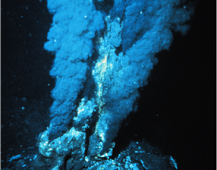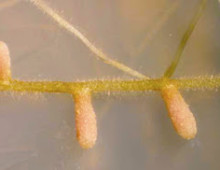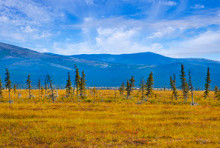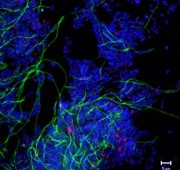Protein studies offer clues on how palm worms can take the heat
Hydrothermal vents behave like geysers at a national park, except that they erupt deep underwater in the Pacific and Atlantic Oceans. Though the water that shoots out of these vents can reach temperatures as high as 300°C (572°F), many animals and other organisms thrive in the surrounding area. Two such extremophiles are “palm worms,” named… [Read More]



